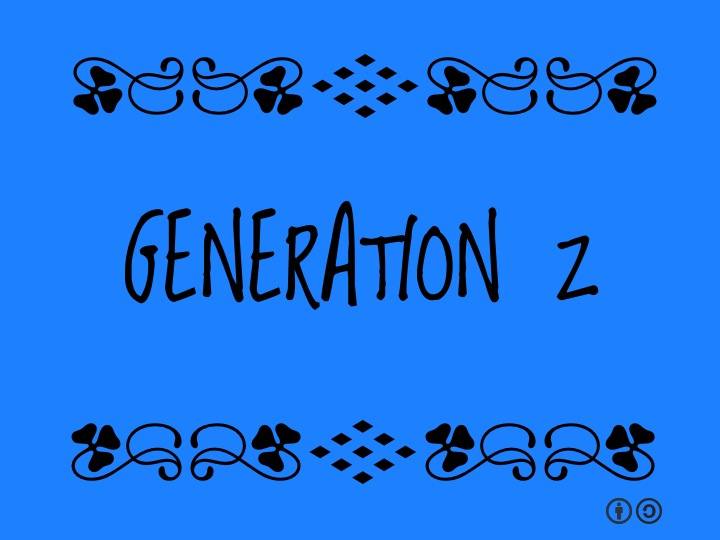You may be getting tired of all of the “generational” talk that’s been prevalent for the past 20 years. And that’s understandable, especially since it generalizes groups of people. But there’s a lot of research that shows that individuals in a particular generation do have some of the same traits and characteristics, based to a large extent on what was happening around and to them while they were growing up. That is true of the latest generation, Gen Z, too.
Who Are Gen Z?
Generation Z are the students that are currently in our schools and universities. Born from the mid 1990’s through today, this latest generation is markedly different from those we’ve seen before. That’s not surprising, since they were born and raised in the internet, connected, device-happy world. Here are a few key characteristics about your current students:
- There are two billion individuals in this generation, making them the largest ever.
- They process information faster than other generations, thanks to apps like Snapchat and Vine.
- They live in a world of continuously updated information, which makes them dislike textbooks as out of date.
- Gen Z can quickly and efficiently shift between work and play, with multiple distractions going on in the background and working on multiple tasks at once.
- They desire more independent work environments, and 72 percent say they want to start their own business some day.
- They are fluent across five screens (TV, mobile phone, laptop computer, tablet, and desktop computer).
- Gen Z students want “snackable” content, short and image-filled. They don’t like a deluge of words.
How Can We Best Help Generation Z Students Learn?
It’s the last factoid about our students that is perhaps the most important at this time. And it directly impacts how we teach them every day. Generation Z will not, as a general rule, sit and read a chapter in their textbook and answer the questions at the end of the chapter. They are not adverse to hard work or difficult thinking, but they want the content given to them in short, easy-to-understand bursts. And that doesn’t mean watching a teacher-created PowerPoint.
Instead, try having the students take the content and create their own versions of it, using a tool like Adobe Spark. Spark allows students to create social graphics, web stories, and animated videos quickly and beautifully. A log in with either Facebook, Google, Adobe ID, or email is required. You can see an example of a social graphic here and an excellent web story about wolves here. Using Spark lets students have voice and choice, two important requirements for Generation Z learning. And the provided free templates help to ensure that they spend their time on the content and not on deciding what color background to use.
Adobe Spark can be used on the web, in the Chrome browser, or with the Android (beta version coming soon) or iOS app, all of which are free. Try it with your students today and see what amazing stories Generation Z has to tell.

